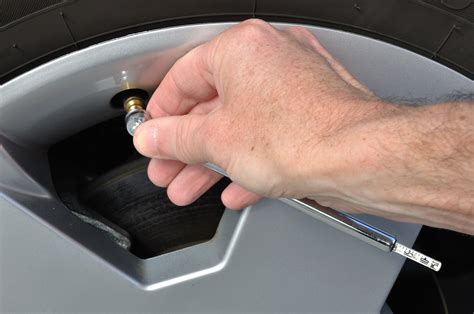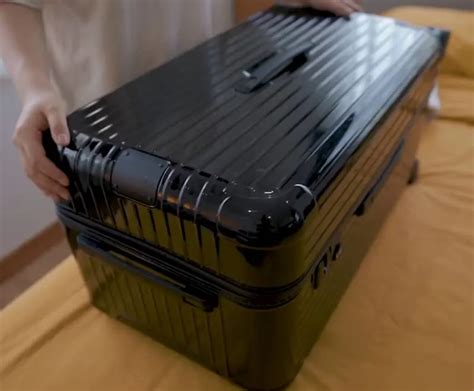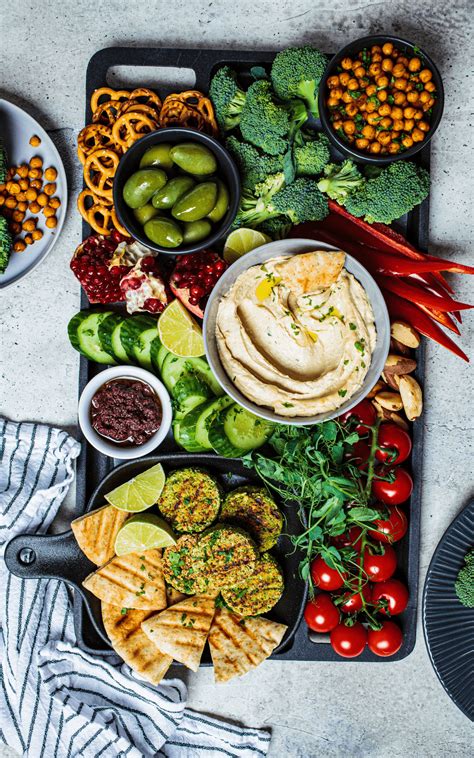Unlock Better Fuel Economy on Your Daily Drive
For many men, the daily commute is a non-negotiable part of life, but the associated fuel costs can quickly add up. Improving your car’s Miles Per Gallon (MPG) isn’t just about saving money; it’s about making your vehicle more efficient, reducing your carbon footprint, and potentially extending its lifespan. This guide will walk you through actionable steps you can take to boost your MPG and keep more cash in your wallet.

Master Your Driving Habits
The way you drive has the single biggest impact on your fuel consumption. Adopting a few conscious habits can make a significant difference:
- Smooth Acceleration and Braking: Aggressive driving, characterized by rapid acceleration and sudden braking, wastes fuel. Accelerate gently and anticipate stops, allowing your car to decelerate naturally. Think of driving as a smooth, continuous flow rather than a series of starts and stops.
- Maintain Consistent Speed: Using cruise control on highways helps maintain a steady speed, which is more fuel-efficient than constantly varying your speed with the accelerator. Avoid speeding, as fuel economy typically decreases rapidly above 50 mph.
- Avoid Excessive Idling: If you’re going to be stopped for more than 30 seconds (excluding traffic lights), it’s often more fuel-efficient to turn off your engine. Modern cars restart quickly and efficiently, making this a viable option.
- Anticipate Traffic: Look ahead to see traffic conditions, red lights, and turns. By anticipating, you can ease off the accelerator earlier and coast, saving fuel that would otherwise be used to accelerate and then brake.
Vehicle Maintenance is Key
A well-maintained vehicle runs more efficiently. Neglecting routine service can drastically reduce your MPG.
- Check Tire Pressure Regularly: Underinflated tires increase rolling resistance, forcing your engine to work harder. Check your tire pressure at least once a month, including your spare, and inflate them to the manufacturer’s recommended PSI (found on a sticker inside your driver’s side door jamb or in your owner’s manual).
- Regular Oil Changes: Fresh, clean oil reduces friction in the engine. Follow your car’s recommended oil change schedule. Using the correct type and viscosity of oil for your vehicle can also improve efficiency.
- Replace Air Filters: A clogged engine air filter restricts airflow to the engine, making it work harder and consume more fuel. Replace it according to your car’s maintenance schedule or more often if you drive in dusty conditions.
- Service Spark Plugs and Oxygen Sensors: Faulty spark plugs can lead to misfires and inefficient combustion. Malfunctioning oxygen sensors can send incorrect data to your car’s computer, causing it to burn more fuel than necessary.

Lighten the Load and Reduce Drag
Your vehicle’s weight and aerodynamic resistance directly impact how much fuel it consumes.
- Remove Unnecessary Weight: Don’t use your trunk as a storage unit for golf clubs, tools, or other heavy items you don’t need daily. Every extra pound your car carries reduces fuel economy.
- Check Roof Racks and Cargo Boxes: While useful for hauling gear, empty roof racks and cargo boxes create significant aerodynamic drag, especially at highway speeds. Remove them when not in use to improve your MPG.
- Close Windows at Higher Speeds: Driving with windows down creates drag, forcing your engine to work harder. At speeds above 40 mph, it’s generally more fuel-efficient to use your car’s air conditioning (sparingly) than to drive with the windows open.

Strategic Commuting Choices
Beyond driving and maintenance, smarter planning can also contribute to significant fuel savings.
- Plan Your Routes: Use GPS or mapping apps to find the most efficient route, considering traffic, road construction, and the number of stoplights. Sometimes a slightly longer route with fewer stops can be more fuel-efficient than a shorter one riddled with congestion.
- Combine Errands: Instead of making multiple trips for small errands, consolidate them into one well-planned journey. This reduces cold starts, which are less fuel-efficient, and minimizes overall driving distance.
- Consider Carpooling or Public Transport: Even if it’s just a few days a week, carpooling with a colleague or utilizing public transportation can drastically cut down on your personal fuel consumption and vehicle wear and tear.

Boosting your MPG on your daily commute doesn’t require a new car or drastic lifestyle changes. By integrating these simple yet effective strategies into your routine – from how you drive to how you maintain your vehicle and plan your trips – you can significantly reduce your fuel costs, lessen your environmental impact, and enjoy a more efficient, economical commute.




